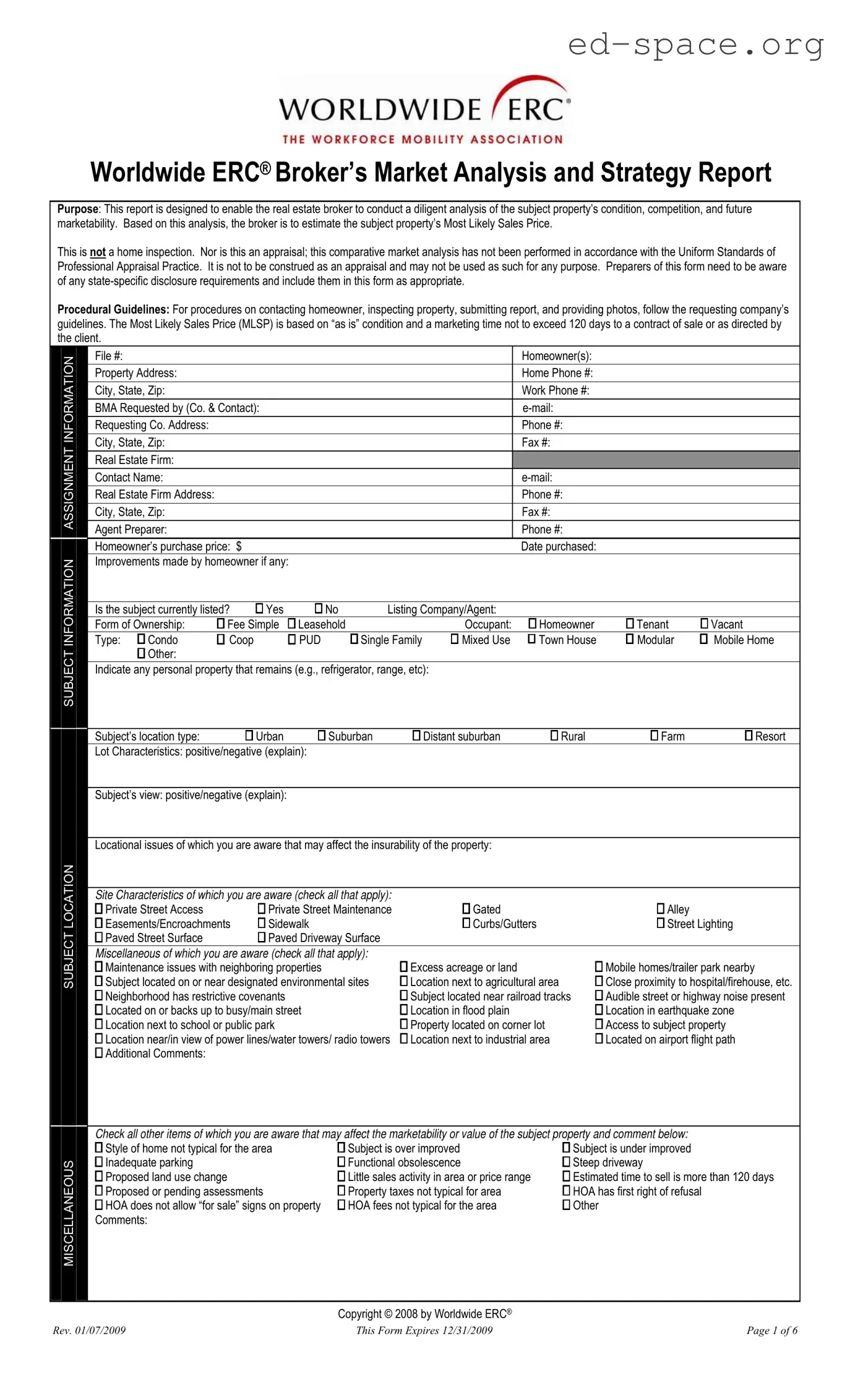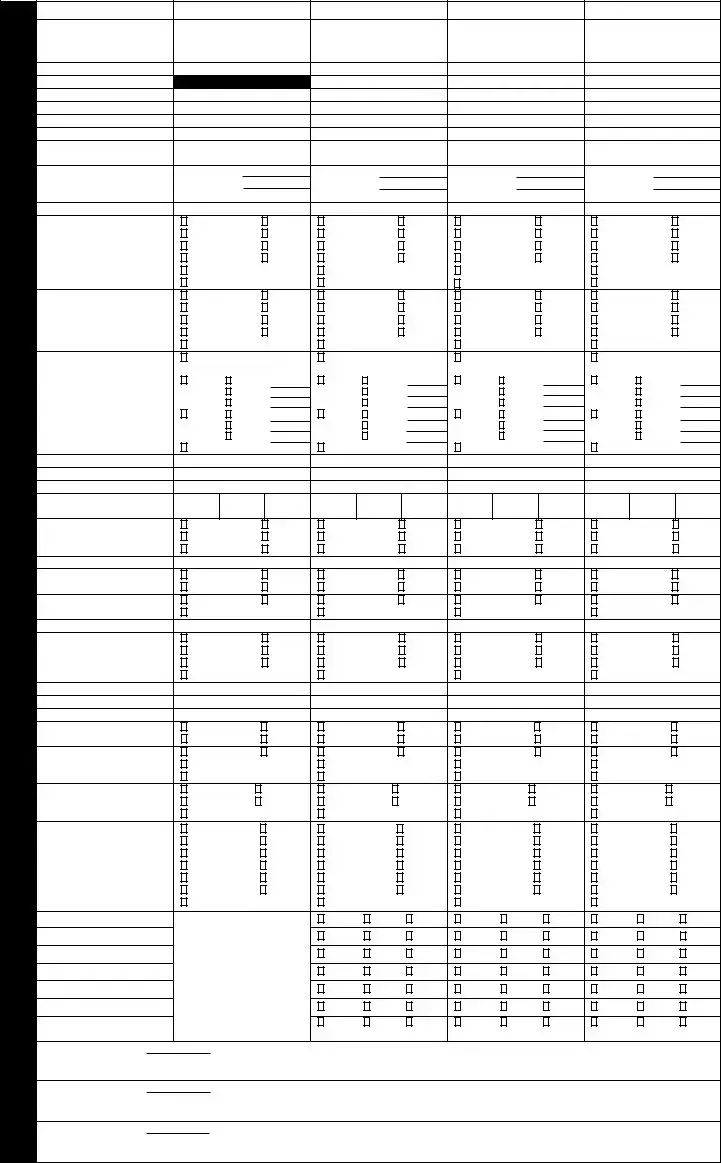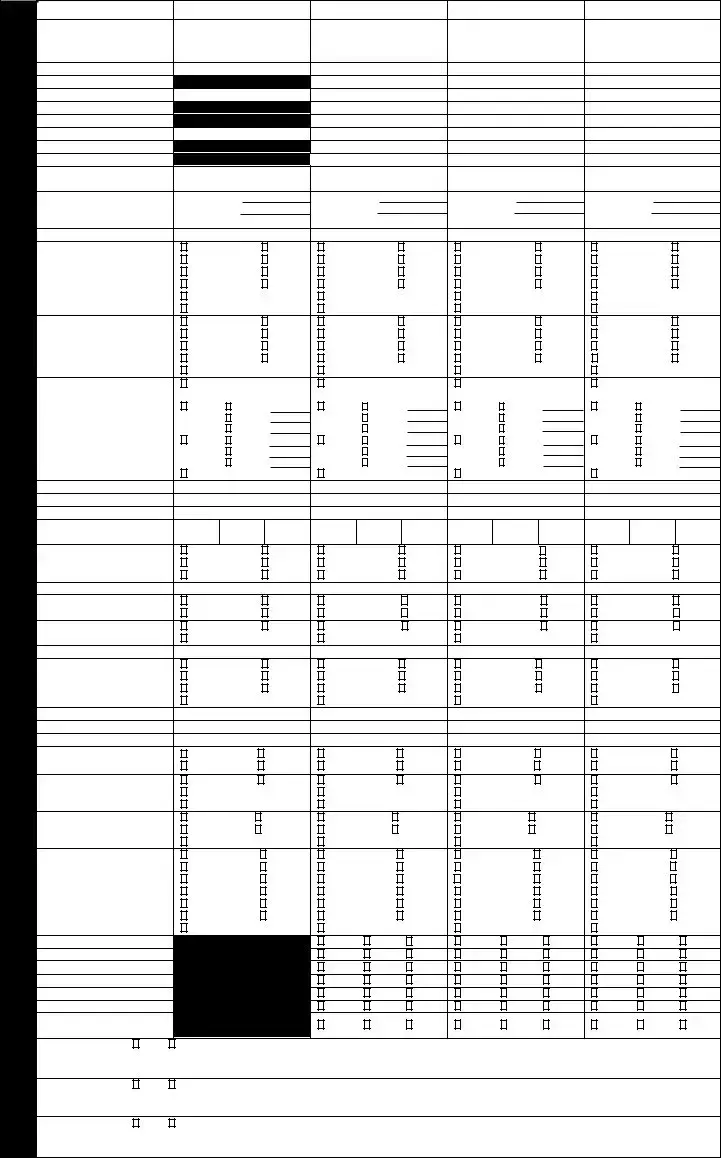What is the Worldwide ERC® Broker’s Market Analysis and Strategy Report?
The Worldwide ERC® Broker’s Market Analysis and Strategy Report is a tool used by real estate brokers to conduct a comprehensive analysis of a property's condition, competition, and marketability. The broker then estimates the most likely sales price of the property based on this analysis. It is important to note that this is not a formal appraisal or home inspection but rather a comparative market analysis.
Who should prepare the Erc Broker Market Analysis form?
Qualified real estate professionals who understand the local market conditions and have experience in evaluating property conditions and market dynamics should prepare the form. The preparer also needs to be knowledgeable about any state-specific disclosure requirements to include them appropriately in the report.
What is the Most Likely Sales Price (MLSP), and how is it determined?
The Most Likely Sales Price (MLSP) refers to the estimated price at which a property is most likely to sell. It is determined by analyzing the property's "as is" condition, market competition, and expected market trends over a marketing time not exceeding 120 days or as directed by the client.
What should be included in the SUBJECT CONDITION section?
The SUBJECT CONDITION section should detail the current state of the property, including décor, construction completeness, any evidence of water damage, structural issues, and any odors or pet damage. It also includes recommended repairs and improvements with estimated costs and any known issues that may affect the property's insurability.
How are competing listings analyzed in the report?
Competing listings are analyzed by comparing their attributes such as address, listing prices, days on the market (DOM), type of exterior and roof, car storage options, year built, lot size, and overall condition to those of the subject property. This helps determine the subject property's market position and competitive edge.
What is the significance of the financing section in the report?
The financing section identifies the most probable means of financing for the subject property and any financing concessions necessary to secure the sale. It also discusses potential issues that might affect the ability to secure financing, reflecting the property's marketability from a financial perspective.
How is the subject neighborhood defined and analyzed?
The subject neighborhood is defined based on the preparer’s judgment, considering factors like the geographic area, type of properties, and market dynamics within that area. The analysis includes property values trends, average days on market, and the absorption rate to provide insight into the local real estate market's health.
How do recommended marketing concessions and incentives fit into the report?
Based on the analysis of comparable and competing listings, the report may recommend marketing concessions and incentives to make the subject property more appealing to potential buyers. This could include seller concessions, pricing strategies, or other incentives to enhance the property’s competitiveness in the market.
What is the role of inspections and disclosures in this analysis?
Inspections and disclosures play a crucial role in identifying any legal, structural, or environmental issues with the property that could affect its insurability, marketability, or price. Required, customary, and additionally recommended inspections are listed along with any required disclosures to ensure transparency and compliance with state laws.
How important are custom comments and observations by the agent or broker?
Custom comments and observations provide personalized insights into the property's unique features or potential challenges, offering valuable context that numbers and checklists alone may not fully convey. These observations can significantly impact the final analysis and recommendations.






